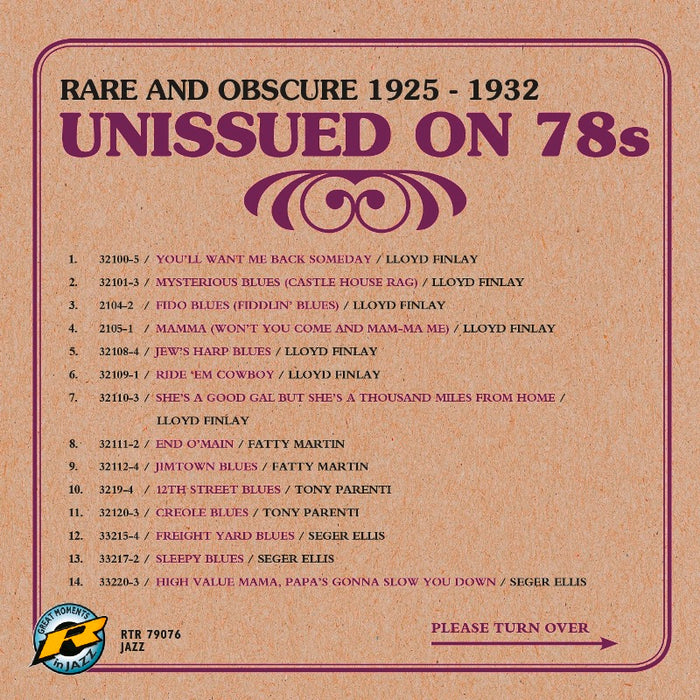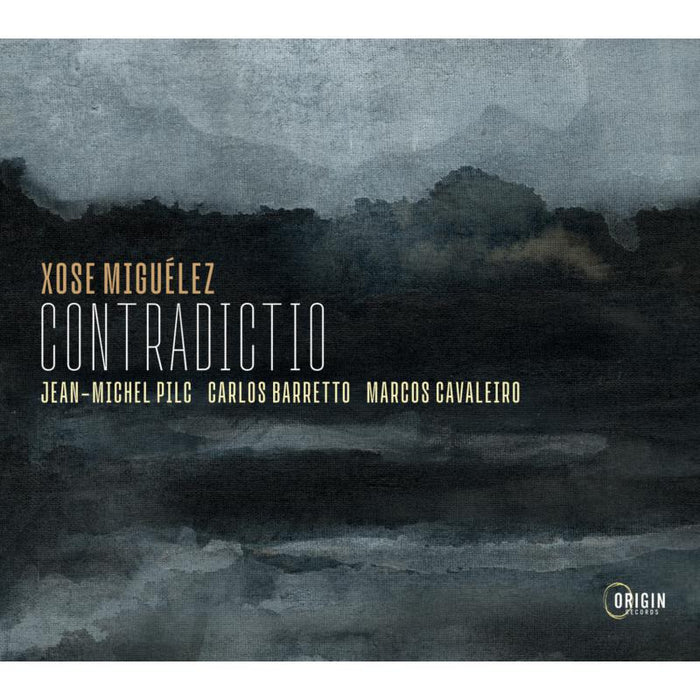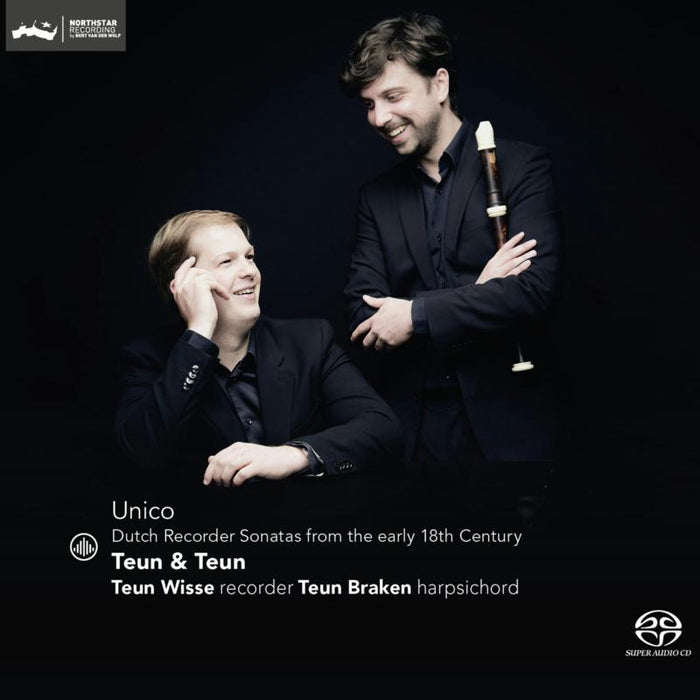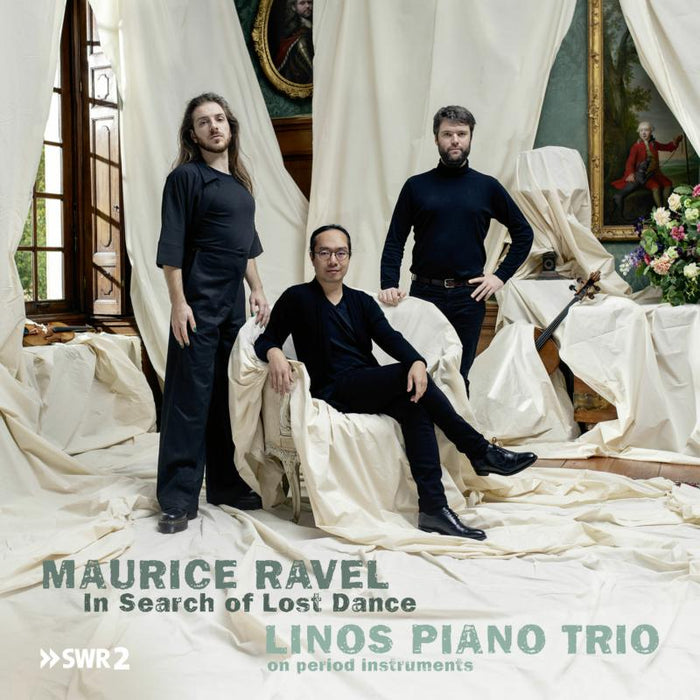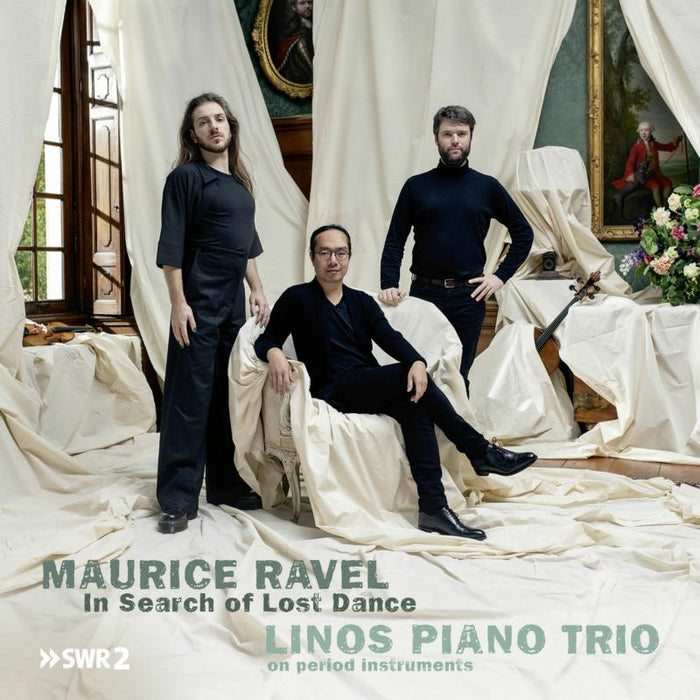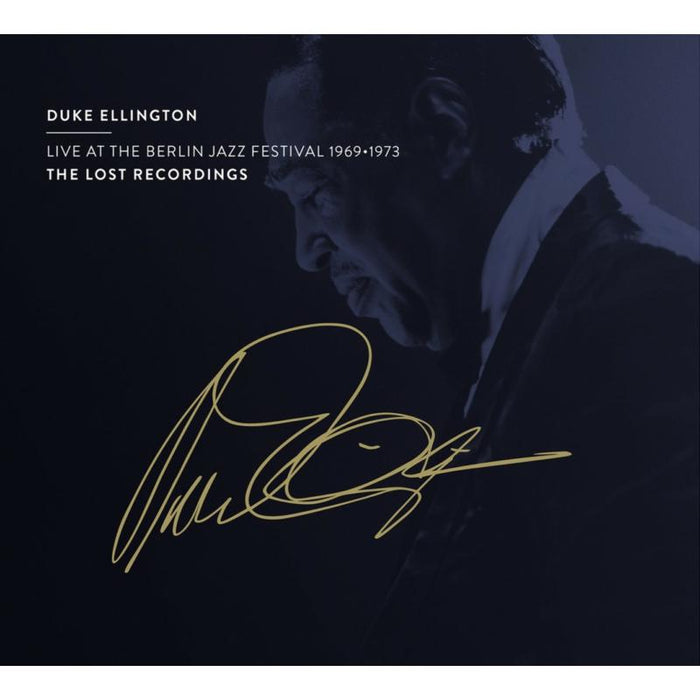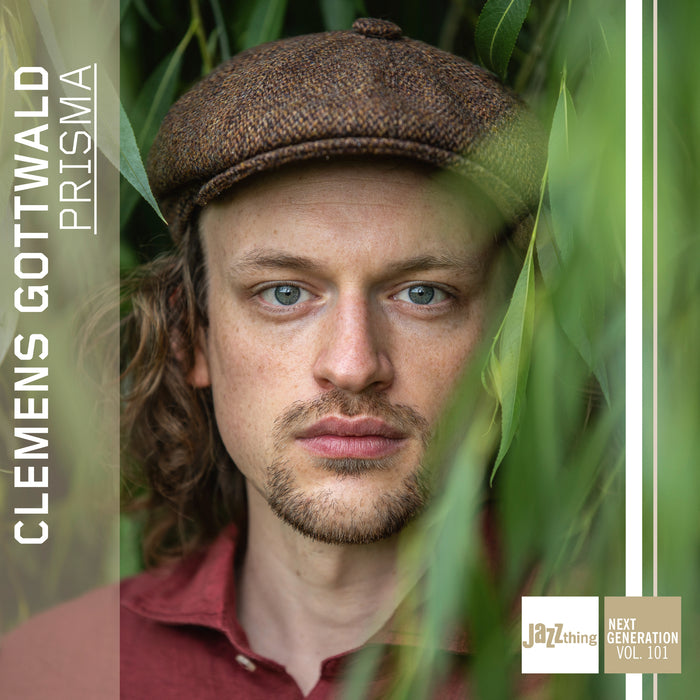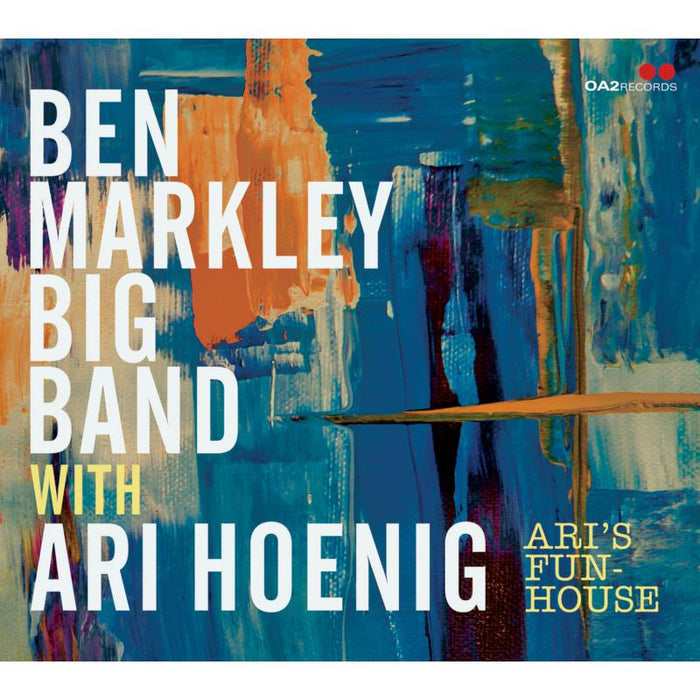Description
The year 1913 could be regarded as a kind of focus year of the most interesting upheaval period in the early years of the 20th Century. Egon Kornauth's Clarint Sonata is a discovery of a masterpieces, and appears on record first time ever – a world premiere recording. Together with Berg's and Korngold's pieces it was published in 1913. For all of them Brahms was a kind of foster father. Kilian Herold and Hansjacoob Staemmler are both highly regarded soloists and chamber musicians, both are holding a professorship at the Music academy in Freiburg / Germany.
The years 1900-1914 were perhaps the most thrilling period in European music history: the cradle of what we now call musical Modernism. This was the time when the great "avant-garde schools" took shape: in Paris, Berlin, Saint Petersburg, and particularly in Vienna. Music branched out into a multitude of aesthetics, styles, and genres, as we can see in in the variety of terms that attempt to describe art in that period: Impressionism, Expressionism, Art Nouveau, Neo-Classicism, Foklorism, Late Romanticism, Symbolism, and others.
Our programme selection for this CD focuses on two works written in Vienna in 1913 – the "summer of the century", as author Florian Illies calls a pivotal year that put an end to the long 19th century and introduced the sombre 20th century. The two works are Alban Berg's Four Pieces for Clarinet and Piano op. 5 and Egon Kornauth's Sonata for Clarinet and Piano. 1913 was the year of several "scandalous" premieres: Schoenberg's Gurrelieder, Berg's Altenberglieder, Stravinsky's Rite of Spring, and others that were less scandalous: Debussy's Images pour Orchestre, Max Reger's Isle of the Dead, Sibelius's Luonnotar, de Falla's La vida breve, and Richard Strauss's Festliches Praludium. (Excerpt from the liner notes by Ludwig Holtmeier)



